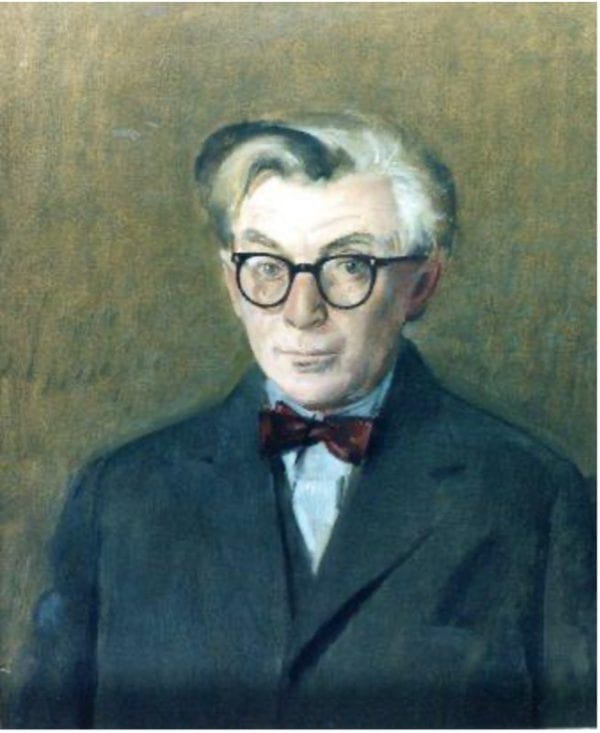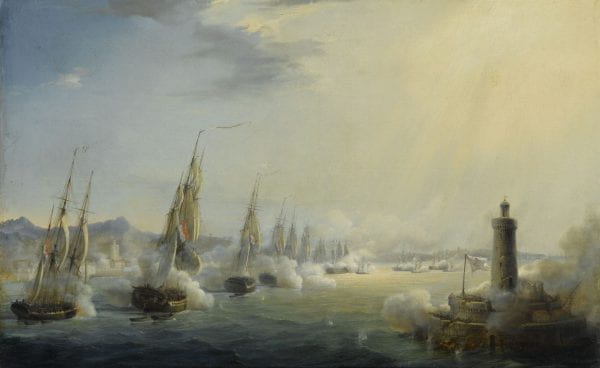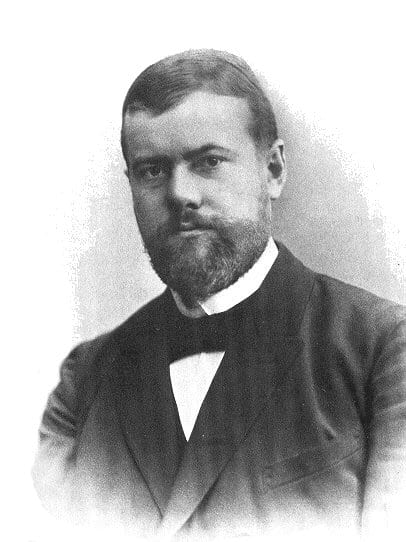Tag History of Political Thought
by guest contributor Shahrukh Khan Max Weber was a reluctant modernist. He understood that the major social and political trends of the modern world were irresistible, but this understanding came with a tinge of regret. In January 1919, months after… Continue Reading →
By guest contributor Jonathon Catlin Nicolas Guilhot (Centre National de la Recherche Scientifique) spoke on his new book, After the Enlightenment: Political Realism and International Relations in the Mid-Twentieth Century (Cambridge, 2017) at the New York University Intellectual History Workshop on… Continue Reading →
By guest contributor Pamela C. Nogales C. Prompted by the experience of the second world war, historian Lewis Namier described the undemocratic birth of modern republics in his 1848: The Revolution of the Intellectuals (1944) and warned of the unintended consequences… Continue Reading →
By guest contributor Katlyn Marie Carter We often use metaphors and analogies to talk about politics. The legislative process, you may have heard, is akin to sausage being made. Such metaphors stand to tell us a lot about how we… Continue Reading →
by guest contributor Bryan A. Banks In his 1865 La Révolution, Edgar Quinet addressed the question: Why did the republican experiments of 1792 and 1848 seem to turn to terror, empire, and tyranny? “The French, having been unable to accept… Continue Reading →
by Eric Brandom Le congrès des ecrivains et artistes noirs took place in late September 1956, in Paris. Among the speakers was Aimé Césaire, and it is his intervention, “Culture and Colonization,” that is my focus here. This text has been the… Continue Reading →
A Conversation with Benjamin Hoffmann, Assistant Professor of Early Modern French Studies at The Ohio State University and editor of a new edition of the Letters Written from the Banks of the Ohio by Claude-François-Adrien de Lezay-Marnésia (Pennsylvania State University… Continue Reading →
by guest contributor Steven McClellan The historian Fritz K. Ringer claimed that for one to see the potency of ideas from great thinkers and to properly situate their importance in their particular social and intellectual milieu, the historian had to… Continue Reading →




